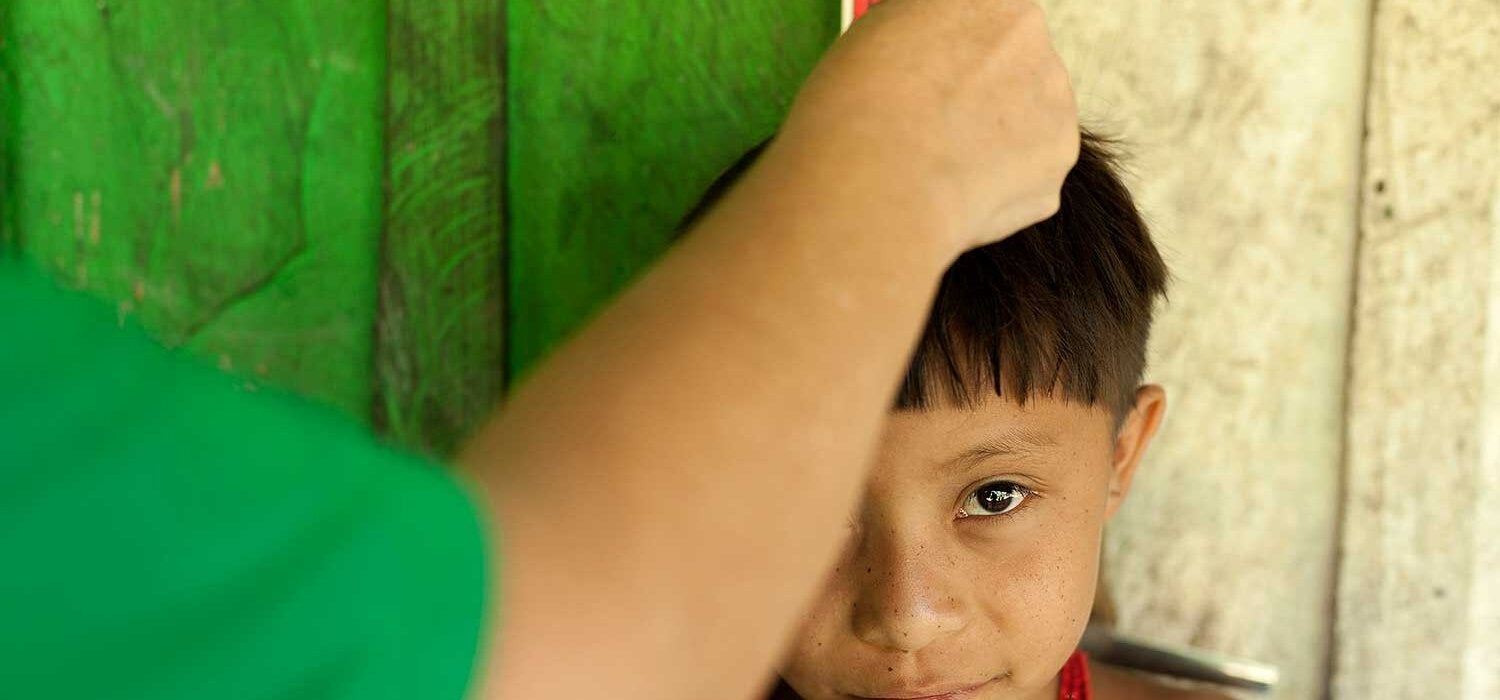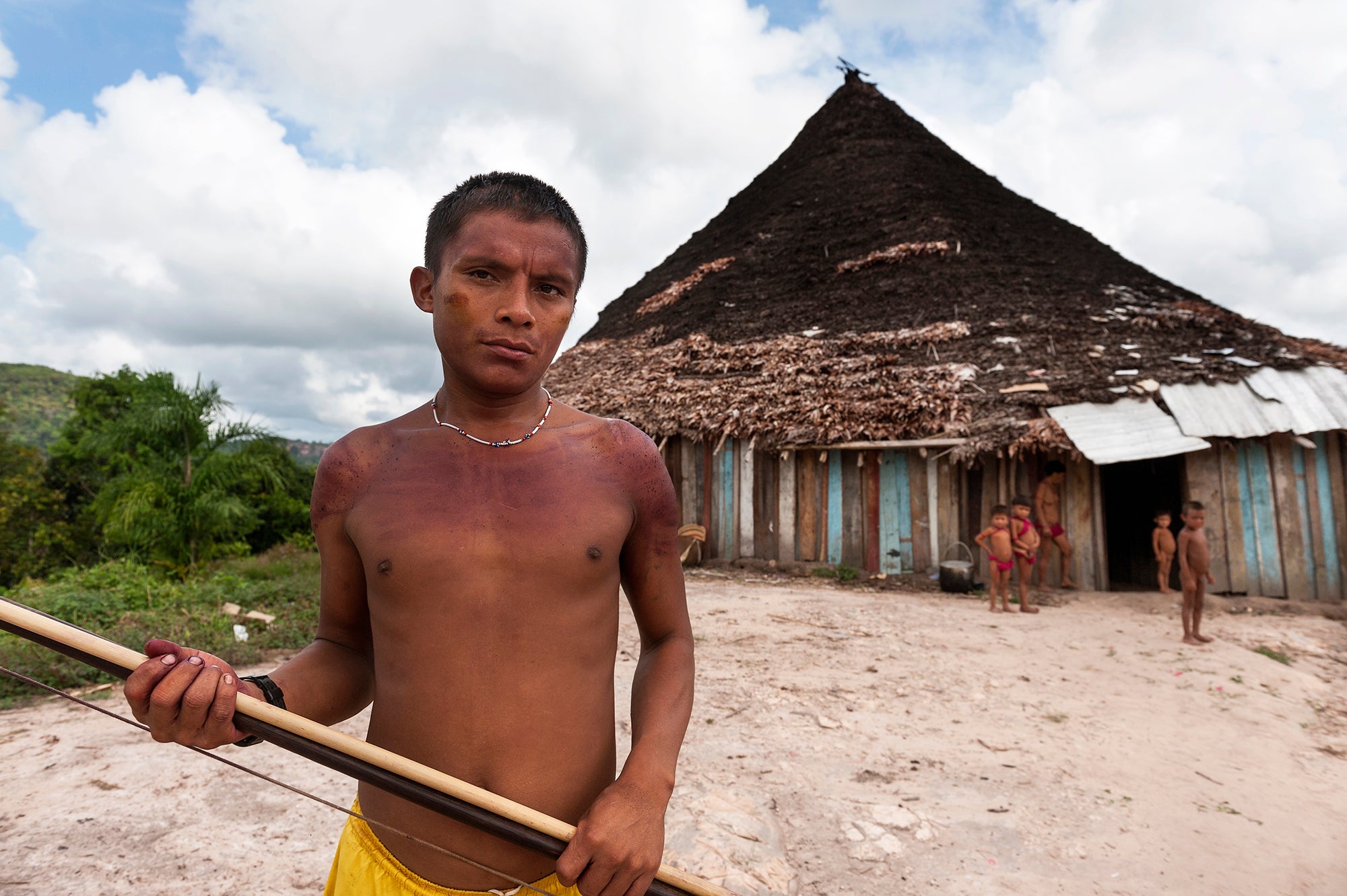Those most affected by onchocerciasis
The nomadic yanomami indigenous populations that move freely in the border area between Brazil and Venezuela are the hardest hit by onchocerciasis or river blindness. Their access to health care has a high operational cost given the distance and the large area they cover across the two countries.
In Brazil, the yanomami Indigenous Special Health District spans 97,000 square km (almost twice the size of Honduras, for example) in the Amazon jungle in the state of Roraima. There are 319 villages there, with a population of nearly 16,000 from the Yanomami and Ye’Kuana ethnic groups. In Venezuela, some 16,300 yanonamis live in 8,200 square km in the Upper Orinoco, in the Casiquiare Biosphere Reserve.
Together, these two areas form the largest forested indigenous territory in the world. But for the yanomamis, this is a single land, and we must go to them to treat for onchocerciasis.





